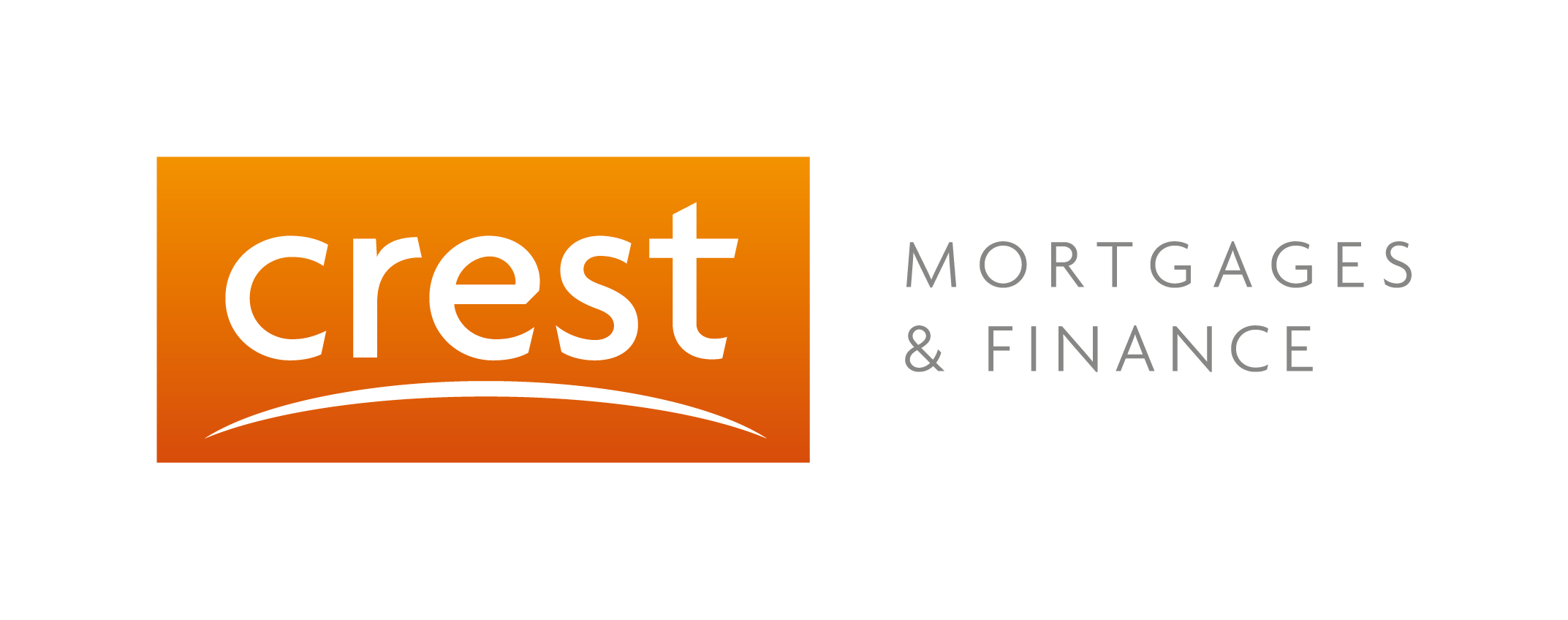The barriers a first home buyer faces when entering the property market are well documented. So, will the government’s new First Home Loan Deposit Scheme (FHLDS) help, or not? Here’s a guide to who is eligible, how it will work and what the new scheme may mean for the housing market.
Have you got a spare $129,000? That’s the 20% deposit needed for a property at Newcastle’s median house price of $645,000. Aspiring home buyers have been repeatedly told to save for a deposit at that ratio. The FHLDS announced before the 2019 federal election, intended to lower the required deposit for a first home and make it easier to enter the market.
How does it work?
Under the scheme launched in January, first home buyers may be eligible for a loan with a 5% deposit. The government then guarantees the remaining 15%, removing the need for lender’s mortgage insurance and the purchaser repays the remaining 95% back to the bank with interest, over the term of the loan. This is similar to parental or family guarantees, which currently exist.
For a home priced at $700,000, which is the maximum value of a property eligible for the scheme in the Newcastle region, the standard 20% deposit would be $140,000. Under the FHLDS, that deposit becomes $35,000. That means it would take less time to save for your property, and make it much more affordable to kick-start the buying process.
Who is a “first home buyer”?
A first home buyer under the scheme can’t have previously owned or had an interest in a residential property, either separately or jointly with someone else. For the FHLDS to apply, individual applicants cannot have earned over $125,000 in the last financial year. Married or de facto couples applying together can’t have earned more than $200,000.
Under the scheme, the definition of a first home extends beyond existing homes. It includes townhouses and apartments, house and land packages, off the plan apartments, and land bought with a separate contract to build a home. You also must intend to move into and live in the property as your principal place of residence.
What limits apply to the scheme?
The FHLDS is limited to 10,000 loans per year. The first 3,000 places were made available in January 2020, with the remaining 7,000 made available from 1 February. Another 10,000 spots will be available from 1 July for the next financial year. The annual cap of 10,000 amounts to less than one-tenth of the number of successful first home buyers in 2018, so places will be scarce.
27 lenders are participating, including two of the big four banks: NAB and Commonwealth Bank.
Once the loan is approved, you have a period of 90 days to purchase your property.
In each city and area, the prices of homes that can be guaranteed are capped at what is considered a “modest” price for a home. For New South Wales, the caps are:
$700,000 in Sydney
$700,000 in Newcastle & Lake Macquarie
$700,000 in the Illawarra
$450,000 in other NSW locations.
Are there other government options available?
In New South Wales, individual grants are available for first home buyers, generally for $10,000. However, they require the property to be newly constructed. Furthermore, New South Wales has stamp duty concessions for first home buyers. For example, first home buyers don’t pay stamp duty on new and existing homes valued at up to $650,000 and have a reduced stamp duty for houses up to $800,000.
The First Home Super Saver Scheme is another federal scheme. It allows you to save money for your first home using your super fund so that your savings are taxed at the lower rate for superannuation. You can withdraw up to $15,000 of your voluntary super contributions in any one financial year up to a total of $30,000.
Do they work?
It is currently undecided whether measures like the FHLDS will help first home buyers enter the market or simply drive up house prices further. Some experts say such schemes can help the construction industry but in turn create a property “mini-bubble” which can drive up prices at the lower end of the market, as occurred in 2008/9. It is possible for this to happen again, as first home buyers compete for properties under the scheme’s caps for each major city.
However, following the Coalition election win, house prices have recently increased, as the market rebounds due to lower interest rates combined with the continuation of negative gearing and capital gains tax concessions. In this environment, any price rises attributable to the FHLDS may be minimal in relation to the wider market.
While the FHLDS allows first home buyers to enter the market sooner, the lower deposit means that buyers will be borrowing more and therefore paying more interest. There is also no guarantee that property prices will continue to rise, and a dramatic fall in house prices could lead to negative equity.
For further information, and a helpful tool to determine your eligibility, head to the following link: https://www.nhfic.gov.au/what-we-do/fhlds/
If you wish to explore this initiative further and enter the first home buyers market, please don’t hesitate to contact the helpful team at Crest Mortgages.
© Advantedge Financial Services Holdings Pty Ltd ABN 57 095 300 502. This article provides general information only and may not reflect the publisher’s opinion. None of the authors, the publisher or their employees are liable for any inaccuracies, errors or omissions in the publication or any change to information in the publication. This publication or any part of it may be reproduced only with the publisher’s prior permission. It was prepared without taking into account your objectives, financial situation or needs. Please consult your financial adviser, broker or accountant before acting on information in this publication.
